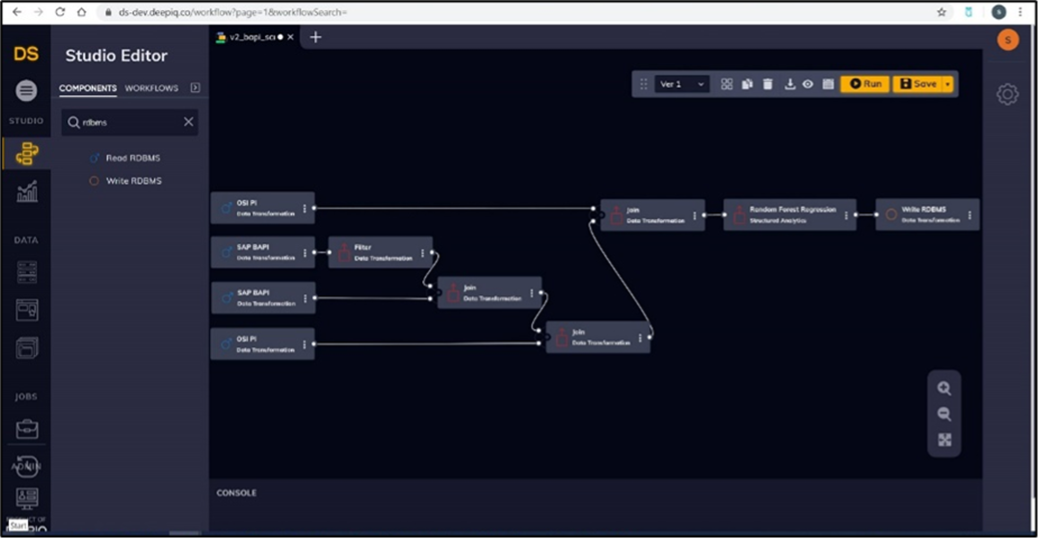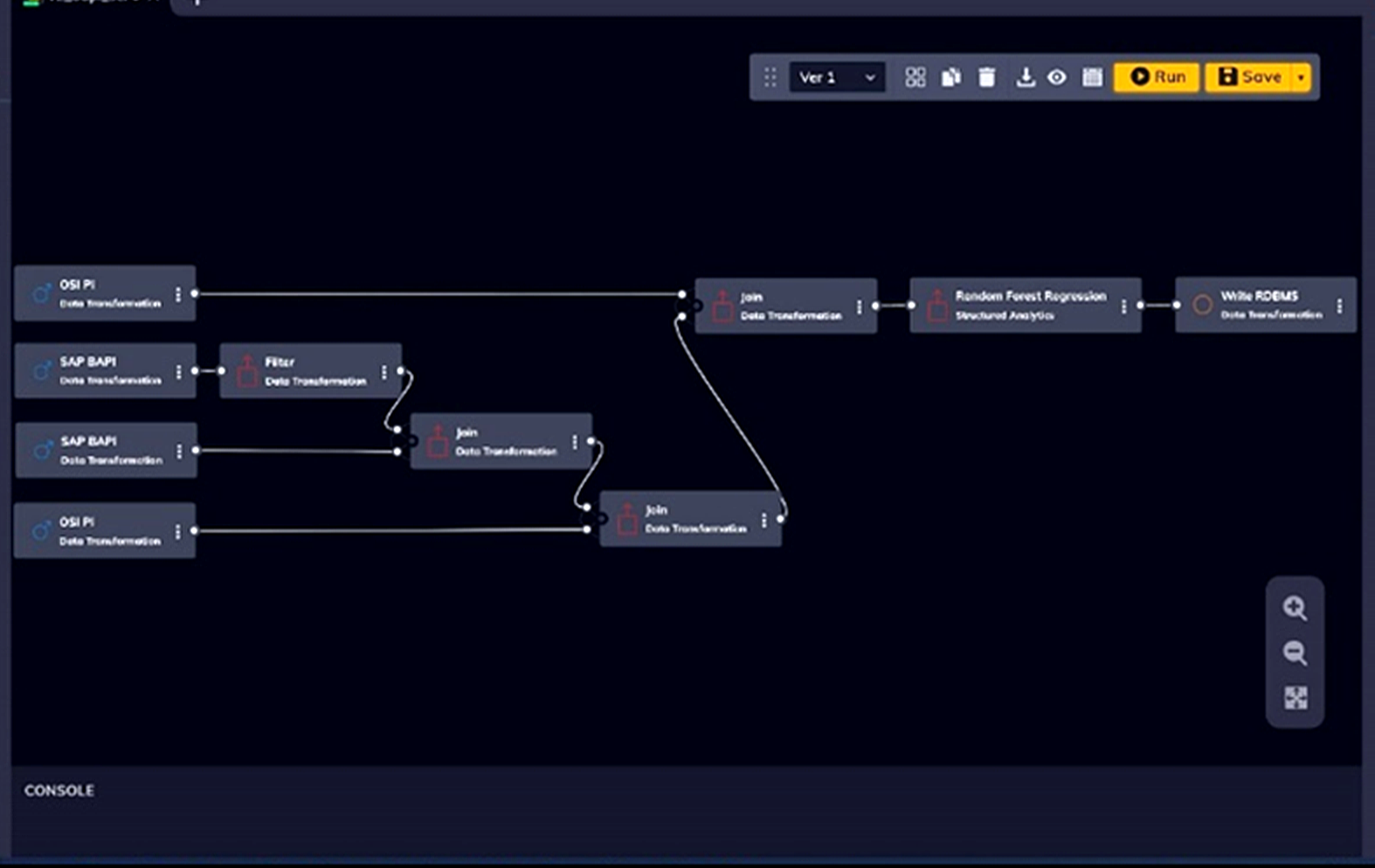- Are you frustrated with IT/OT data integration related challenges?
- Do you feel that you are not getting enough value out of your maintenance and real time operational data?
- Do you wonder when people will start talking about the real benefits of predictive maintenance?
- deploy the application in hours – develop machine learning models in days – realize value in weeks
- harness cloud’s distributed computing capability for 50x performance gains
- auto-scale for industrial data volumes: from kilobytes to petabytes
- leverage industry leading library of analytics for OT data to build the most accurate advanced analytics model for predictive maintenance.
- deploy on cloud platform of your choice – AWS, Azure or Cloudera
- use for any industrial data analysis

Use case
Heat exchangers are widely used in multiple industries including oil & gas, chemicals and power. The overall performance efficiency of the heat exchanger depends on multiple components – hot and cold fluid properties, configuration of heat exchanger, preventive maintenance schedule.
- Data Cleansing: Typically, the high frequency sensor data (pressures, temperatures, etc.) has many data quality issues including missing data, noise and outliers. DataStudio allows you to address all of these concerns using pre-built time-series analytic components. You can impute for missing data, remove outliers, and smooth out high frequency noise using a choice of algorithms that are best suited for your data. The audit trail feature of DataStudio ensures that your cleansing workflow is preserved for the subsequent on-line deployment of the ML Model. This helps you alleviate false alerts and augment the confidence level in the predictive maintenance system
- ML Model Building and Validation: Selecting the right quality and quantity of data at right frequency plays a vital role in the performance of your ML model. DataStudio’s data aggregation, dimensionality reduction, visualization and variable dependency functionalities empower your data scientists and subject matter experts to perform this task efficiently. Your subject matter experts can easily bring in the physics of the process in the model building exercise – e.g. overall heat transfer coefficient or heat rate calculations. Finally, the grid search component of DataStudio allows you to train using thousands of model hyper parameters and select the one that is most optimal for your data.
- ML Model Execution: You can execute your ML model(s) in a batch or streaming mode to generate intelligent alerts. DataStudio is a lightweight application but performs heavy duty tasks – for batch operations it can handle your petabytes of data and for streaming, your millions of messages per second. It also leverages the cloud’s computing power to perform your tasks at lightning speed.
- ML Model Updates: As new data is generated, your workflows will continue to monitor model performance against them. You can schedule your training workflows to retrain your model on a scheduled basis to periodically update your models.
- Real Time Visualization, Alerts and Reports: You can use the application of your choice such as Spotfire or Tableau to visualize actionable insights from your Pi System and SAP PM data. You can also use streaming visualization software like Ignition or Power BI to see results in real time.

